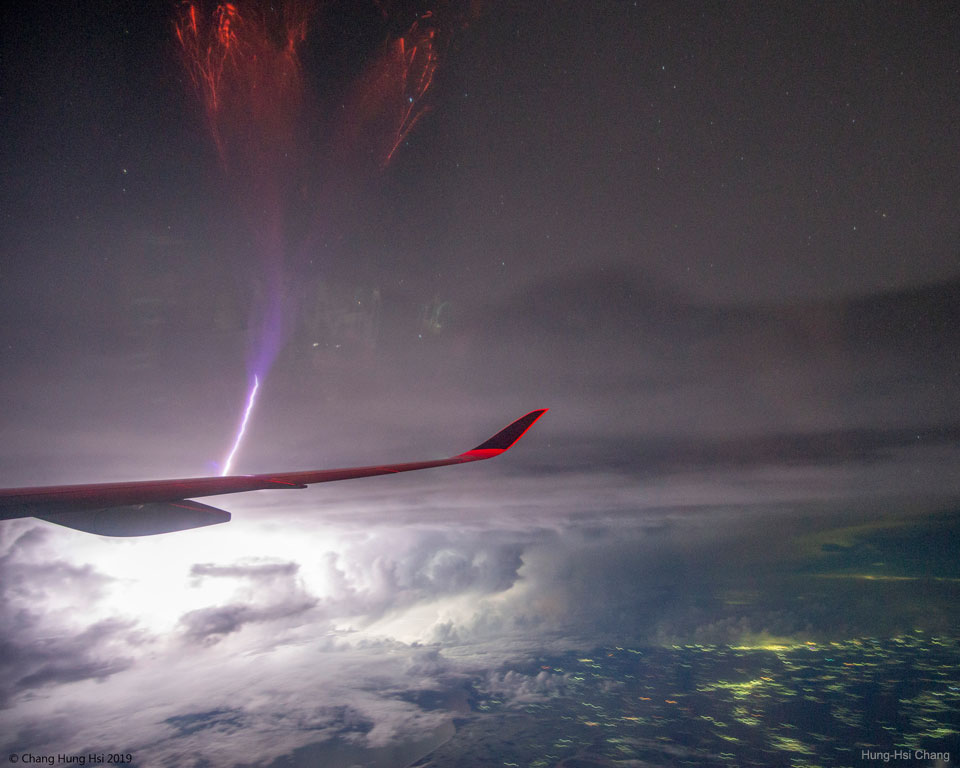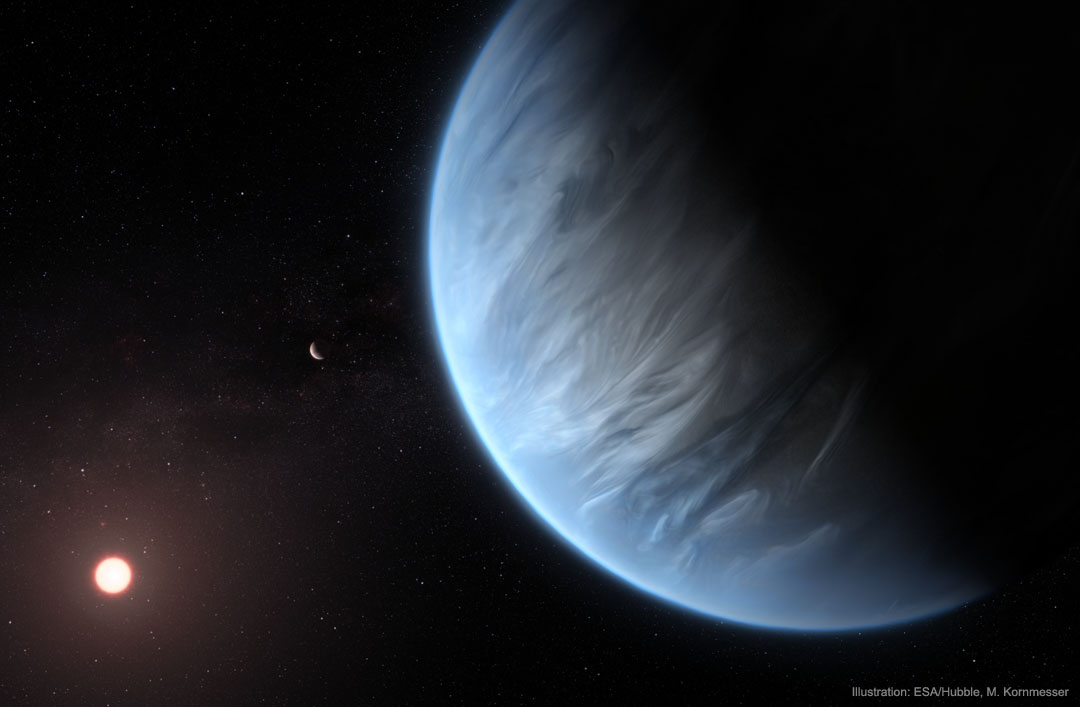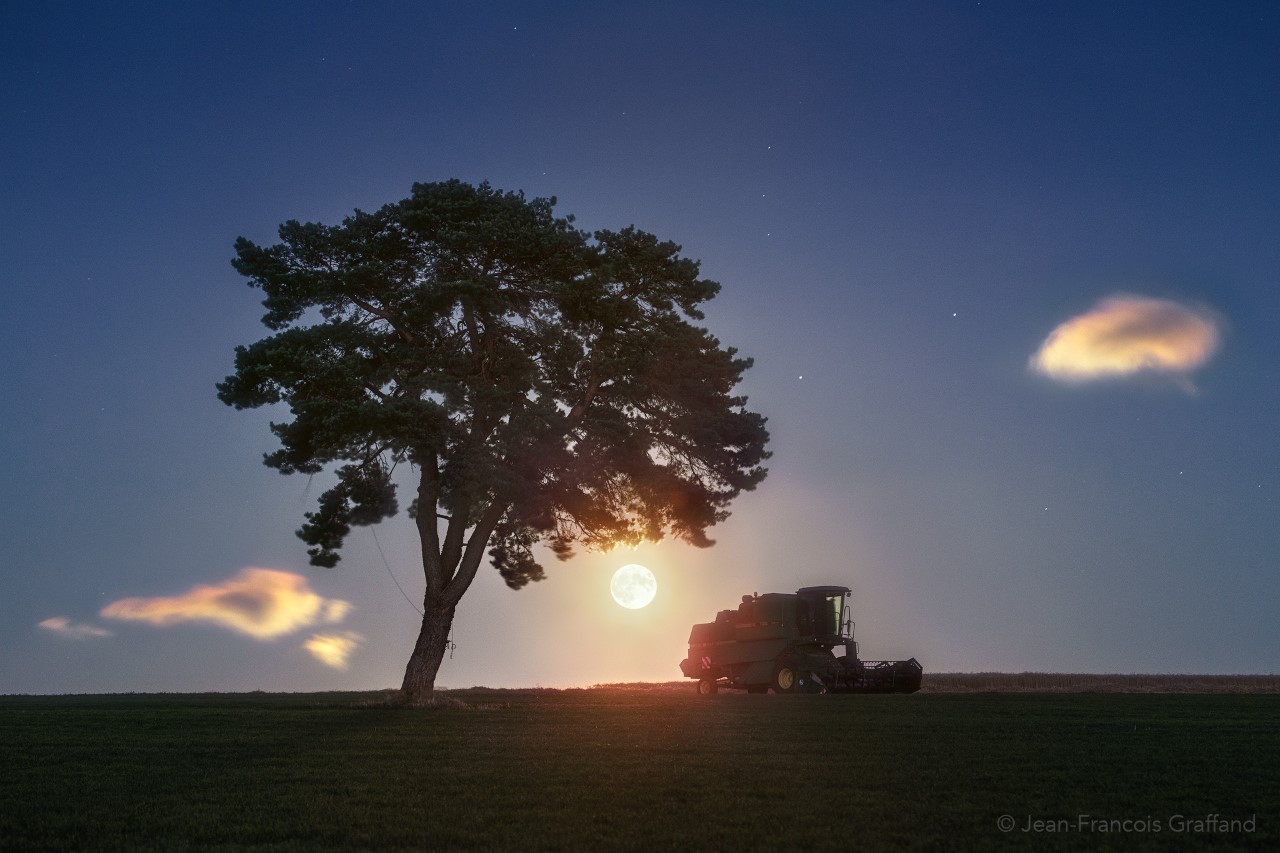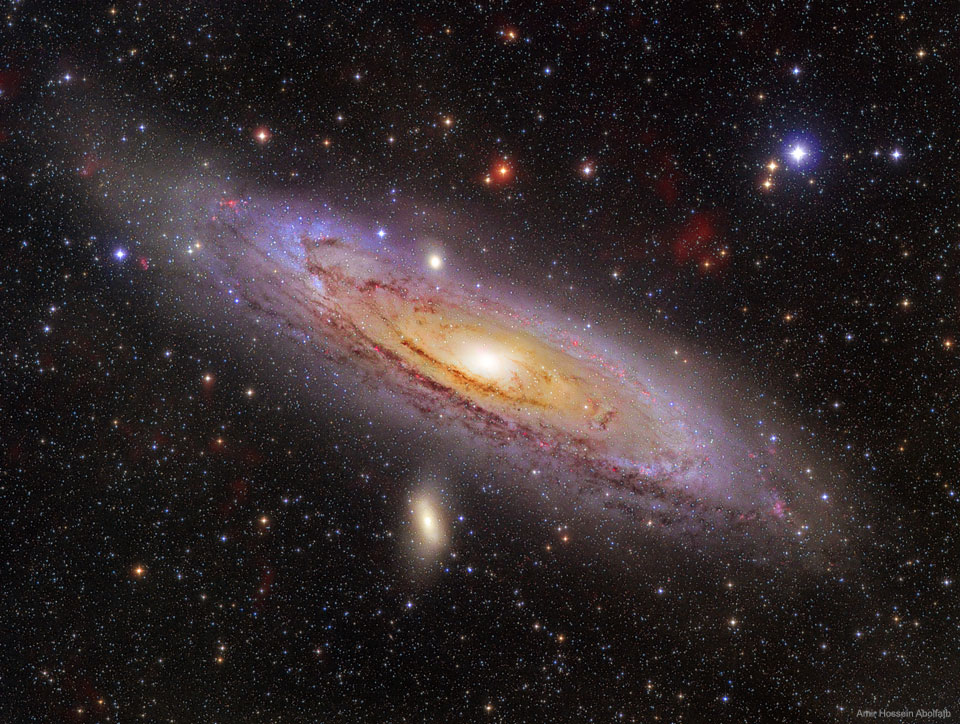
Pour réduire le bruit des avions perçu au sol, une excellente solution, simple mais efficace, est d'installer les moteurs au-dessus de l'avion. Pourquoi n'y a-t-on pas pensé plus tôt ? Parce que les équipes de maintenance n'aiment pas... L'accès aisé aux moteurs est en effet un gage de sécurité mais aussi d'économie puisqu'il est plus rapide. Les placer sur le fuselage ou les ailes, voire les intégrer dans le corps de l'avion, comme dans les ailes volantes, a toujours fait peur aux avionneurs. Mais si les moteurs du futur sont plus fiables ? © Bauhaus Luftfahrt







